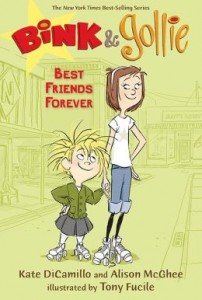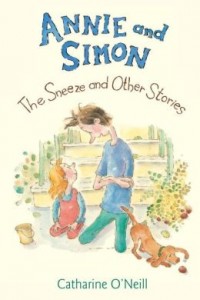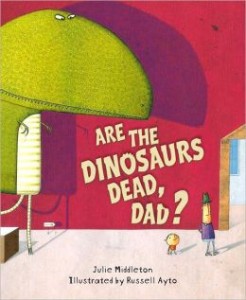Written by Grace Maccarone
Illustrated by Hollie Hibbert
Another alphabet book? “A is for alphabet, and here it is…” Yes, another alphabet book. But, this one has a twist. It tells the story of Goldilocks and the three bears and starts with the traditional “B is for bears” format that found in most alphabet books. As the story is told, many chances for beginning letter sounds are given. “There were three bears – Mama Bear, Papa Bear, and Baby Bear, who were in bed.” Grace Maccarone did a wonderful job of incorporating beginning sound practice into this familiar story. Children will not even realize that they are getting this practice. They will just have fun reading the book.
Although it is an alphabet book that would be perfect as a kindergarten read aloud, it is on a late first grade reading level. The combination of the wonderful illustrations, abundance of sight words, and liberal use of beginning sounds makes this book an excellent choice for conducting running records. The illustrations offer plenty of cues, as do the alphabet letters that are prominently displayed. If you are tired of writing the same types of things for shared writing, why not write your own alphabet story with your class? This could be done from kindergarten all the way through second grade. Children build skills in brainstorming, organizing their thoughts, writing, and of course the end result helps increase reading skills.
Speaking of illustrations, the bears in this book are not scary, not even Papa Bear. Hollie Hibbert has a gift for creating illustrations that could tell the story without any text. You can read more about Ms. Hibbert and see more of her wonderful creations at her website (http://www.holliehibbert.com/Hollie_Hibbert_Illustration/Home.html).
This short book really packs a punch when it comes to classroom application. It is fun to read, fun to look at, and can be the foundation for many fun reading and writing lessons.










